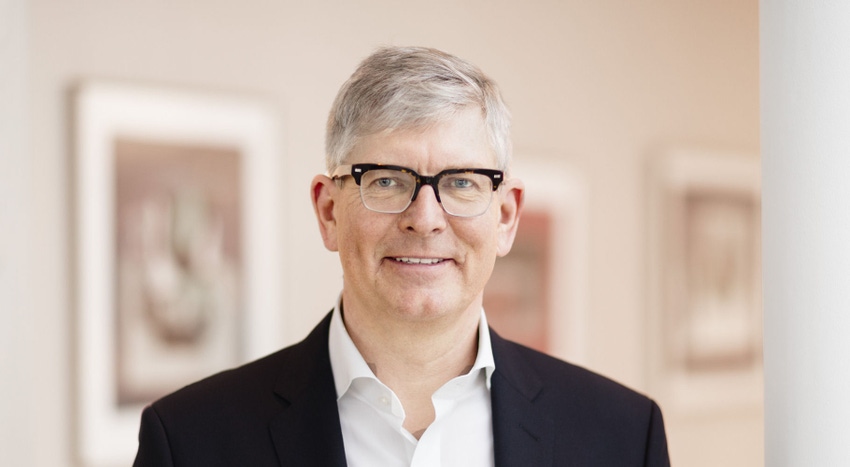Börje Ekholm, CEO of Ericsson, laid out his updated strategy at this company’s AGM and seems to have taken inspiration from the world of politics.
March 28, 2018

Börje Ekholm, CEO of Ericsson, laid out his updated strategy at this company’s AGM and seems to have taken inspiration from the world of politics.
A lot of what Ekholm said echoed what we heard in our interview with his second-in-command Fredrik Jejdling. Last year was all about consolidation, streamlining and trying to sort the wheat from the chaff. “We are confident that the strategic choices we have made will create a strong and successful Ericsson over time,” said Ekholm. “But as you know, we are not there yet.”
Ekholm seems to be a fan of the ‘rule of three’. While the title of his AGM presentation was ‘stabilize and simplify’, he explained the strategy is all about three cornerstones: technology leadership, product-led solutions, and global scale and skill. All this is designed to help service providers with their three big challenges: decreasing the cost per gigabit, becoming fully digital, and finding new revenues.
Ericsson sales were down 10% last year and Ericsson shelled out SEK 40 billion on restructuring costs, impairment, provisions and adjustments in customer projects. “2017 was a tough year with a continued declining market,” said Ekholm. �“We are far from satisfied with our performance and have taken a number of actions to turn around the development and improve profitability, to build a strong Ericsson for the long term.”
Here are some of those actions:
42 non-strategic contracts identified in Managed Services, of which 23 has been either exited or renegotiated during the year.
In Digital Services, product roadmaps and project delivery have been stabilized, and 45 non-strategic or unprofitable contracts have been identified, of which around 50 percent should be either concluded or exited during 2018.
Large cost savings in the media business, a majority of Media Solutions divested.
Ericsson Power Modules and around 20% of the US number portability business divested.
Completely or partly left non-strategic areas, including fiber roll-out, field services, and Industry & Society.
The underlying narrative is all about a change of momentum, with declines in both the underlying markets and Ericsson’s relative performance starting to head back into positive territory. “We have been working hard to turn around the development,” said Ekholm. “It is therefore satisfying that we, after several years of decreasing market share, have started to increase our share, and doing so with improved gross margin.”
Ekholm’s concluding comment was a summary with an underlying plea for continued patience as he tries to turn the supertanker around. “In 2017 we stabilized and simplified the company, we took out significant costs, and invested in the future,” he said. “We have a clear strategy and clear targets for turning Ericsson to profitability and a strong long-term development.”
About the Author(s)
You May Also Like








.png?width=300&auto=webp&quality=80&disable=upscale)


_1.jpg?width=300&auto=webp&quality=80&disable=upscale)


.png?width=800&auto=webp&quality=80&disable=upscale)